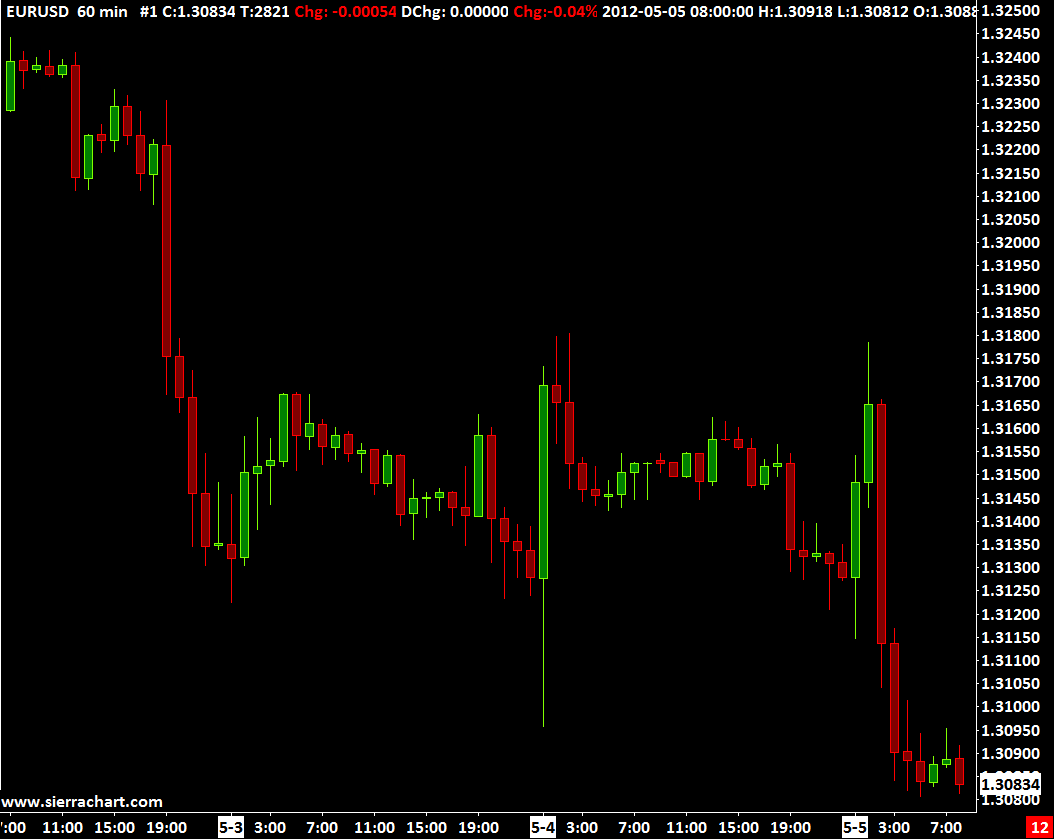Exchange Through the Ages: The Development of Forex Data
Forex, short for foreign exchange, is a powerful and complex market
where global currencies are traded. To navigate the intricacies with
this financial landscape, traders often turn to historical data as a
guiding compass. Historical data in the forex market serves as a
treasure trove of information, offering insights into past market
movements, trends, and patterns. In this short article, we will delve in
to the significance of historic exchange rates and how it empowers traders to produce informed decisions.

Understanding Forex Historical Data:
Forex historical data is really a detailed record of price movements, trading volumes, and other market-related information over a specified period. This data is collected and archived for various currency pairs, allowing traders to analyze past market behavior. The information is often presented in the proper execution of charts and graphs, providing a visual representation of historical trends.
The Significance of Forex Historical Data:
Pattern Recognition:
Studying historical data helps traders identify recurring patterns and trends. Recognizing patterns, such as for example head and shoulders, double tops, or flags, can be a valuable tool in predicting future price movements. Traders use historical data to refine their pattern recognition skills and enhance their power to anticipate market behavior.
Backtesting Strategies:
Traders often develop and test trading strategies based on historical data. Backtesting involves applying a trading strategy to historical market conditions to judge its effectiveness. This process helps traders refine and optimize their strategies, ensuring they're robust and effective at adapting to various market scenarios.
Risk Management:
Understanding past market volatility and price fluctuations is a must for effective risk management. Forex historical data aids traders in assessing the potential risks related to specific currency pairs. By analyzing historical volatility, traders can make more informed decisions about position sizing, stop-loss levels, and overall risk exposure.
Market Sentiment Analysis:
Historical data provides insights into market sentiment during specific events or economic releases. Traders can observe how currency pairs reacted to news and macroeconomic indicators in the past, helping them anticipate market responses to similar events in the future. This knowledge is very valuable for fundamental analysis.
Long-Term Trend Analysis:
Examining historical data allows traders to identify long-term trends in the forex market. Whether it's a currency pair's overall upward or downward trajectory, these details can inform traders in regards to the broader market direction. This perspective is vital for investors with an even more extended time horizon.

Conclusion:
Forex historical data is definitely an indispensable resource for traders seeking to navigate the complexities of the currency market. By leveraging historical data, traders gain valuable insights into market dynamics, enabling them to produce more informed decisions. Whether it's pattern recognition, strategy development, risk management, sentiment analysis, or long-term trend analysis, historical data serves as a cornerstone for success in the dynamic world of forex trading.
Comments
Post a Comment